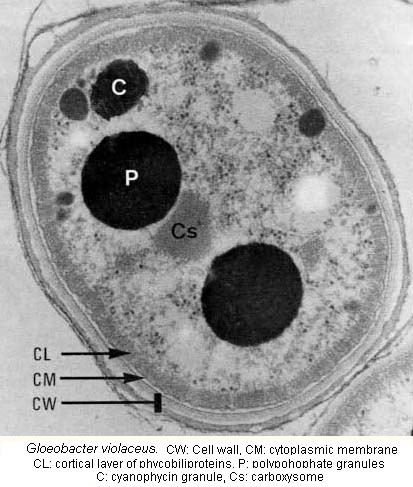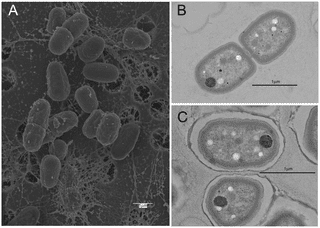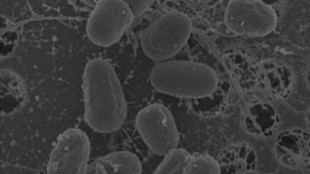Class Gloeobacteria Family Gloeobacteraceae | Order Gloeobacterales Rank Genus | |
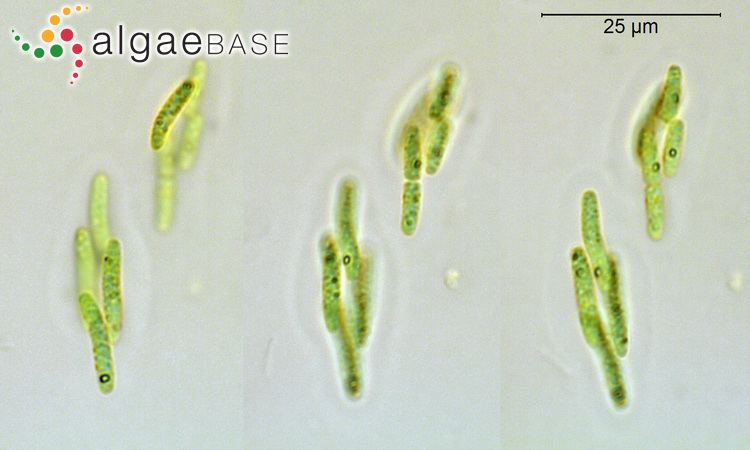 | ||
Similar Prochlorococcus, Cyanothece, Synechococcus, Synechocystis, Chroococcales | ||
Gloeobacter is a genus of cyanobacteria. It is the sister group to all other cyanobacteria. Gloeobacter is unique among cyanobacteria in not having thylakoids, which are characteristic for all other cyanobacteria and chloroplasts. Instead, the light-harvesting complexes (also called phycobilisomes), that consist of different proteins, sit on the inside of the plasma membrane among the (cytoplasm). Subsequently, the proton gradient in Gloeobacter is created over the plasma membrane, where it forms over the thylakoid membrane in cyanobacteria and chloroplasts.
Contents
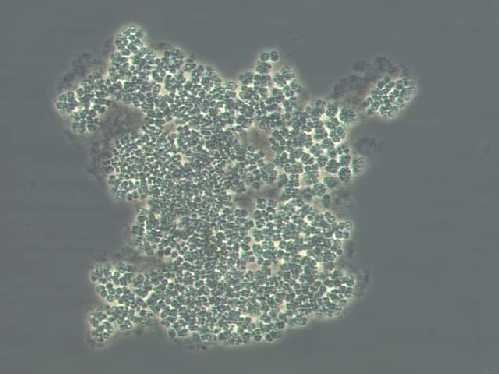
The whole genome of G. violaceus (strain PCC 7421) and of G. kilaueensis have been sequenced. Many genes for photosystem I and II were found missing, likely related to the fact that photosynthesis in these bacteria does not take place in the thylakoid membrane as in other cyanobacteria, but in the plasma membrane.
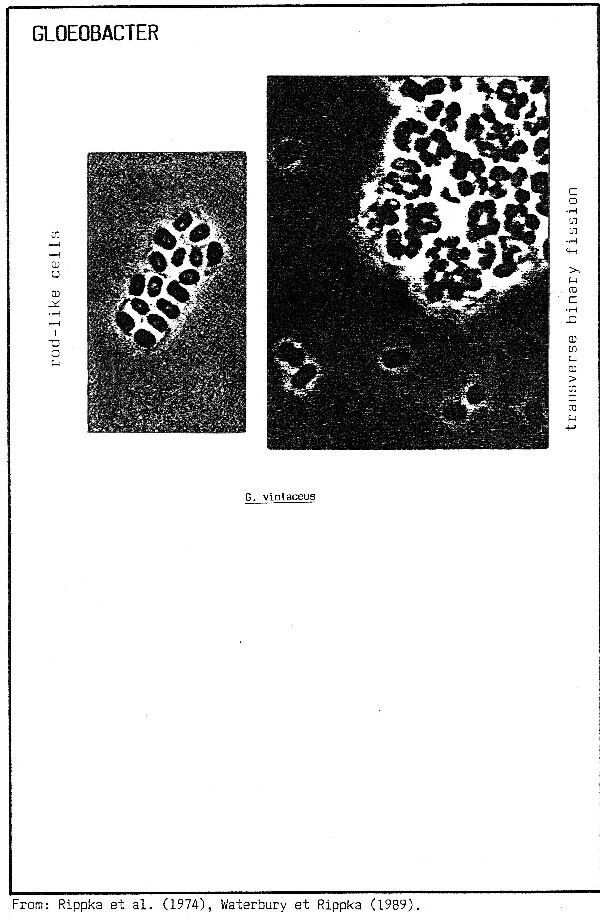
Description
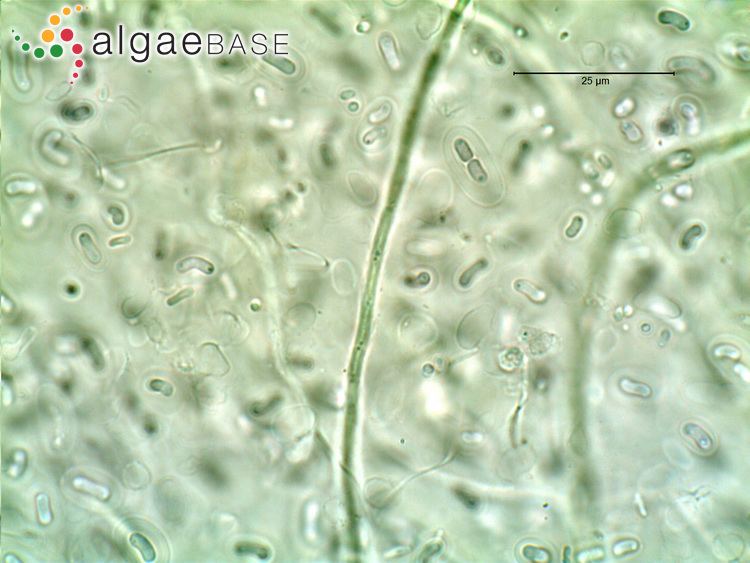
G. violaceus produces several pigments, including chlorophyll a, β-carotene, oscillol diglycoside, and echinenone. The purple coloration is due to the relatively low chlorophyll content. G. kilaueensis grows with a few other bacteria as a purple-colored biofilm around 0.5 mm thick. Cultivated colonies are dark purple, smooth, shiny, and raised. G. kilaueensis is mostly unicellular, capsule-shaped, about 3.5×1.5 µm, and imbedded in mucus. They divide over the width of the cell. Cells color gramnegative, and lack vancomycin resistance. They are not motile and do not glide. Growth ceases in complete darkness, so Gloeobacter is very likely obligatory photoautotrophic.
Species and distribution
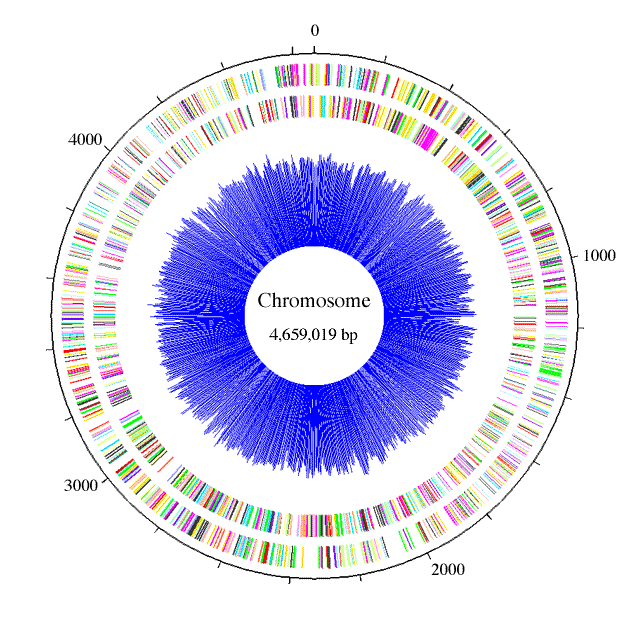
G. violaceus was found on a limestone rock in the Swiss canton Obwalden. G. kilaueensis occurred within a lava cave at the Kilauea-caldera on Hawaii. It grew there at a temperature around 30°C at very high humidity, with moisture condensing and dripping of the biofilm.
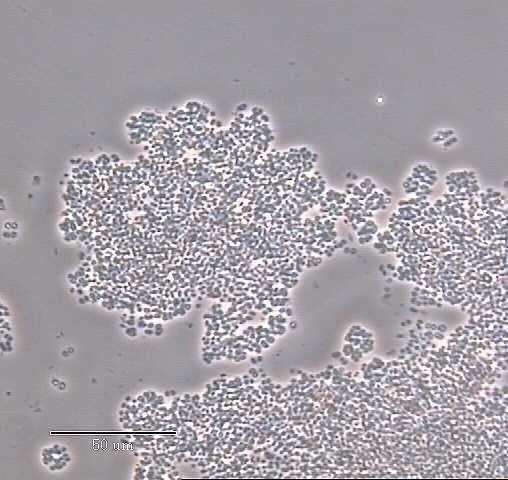
Gloeobacter could have split off from the other cyanobacteria between 3.7 and 3.2 billion years ago. The species of Gloeobacter may have branched 280 million years ago.
